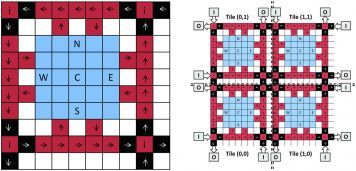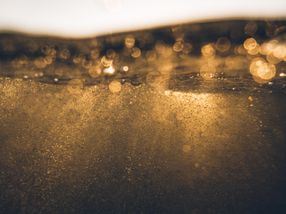Automating Laboratory-On-A-Chip To Cut Healthcare Costs
Computer programming language automates “laboratory-on-a-chip” technologies and has potential to improve and reduce cost of healthcare
A research team at the University of California, Riverside has created a computer programming language that will automate “laboratory-on-a-chip” technologies used in DNA sequencing, drug discovery, virus detection and other biomedical applications.

A tile is the fundamental building block of the virtual architecture. The virtual architecture is imposed onto a Digital Microfluidic BioChip by tiling the fundamental building blocks to create a 2D array of tiles.
“If you think of the beginning of computers they were basically tools to automate mathematics,” said Philip Brisk, an assistant professor in the Department of Computer Science and Engineering at UC Riverside’s Bourns College of Engineering. “What are we are creating is devices that could automate chemistry in much the same way.”
The most recent laboratory-on-a-chip devices are equipped with integrated electronic sensors, similar in principle to those used in today’s smart phones and tablet PCs. These sensors enable scientists and health care professionals working with the devices to analyze the sensor data to make informed decisions about future analyses to perform.
Brisk and his research team are funneling the sensor data into a computer, facilitating automated decision making, rather than employing a human-in-the-loop.
“We are really trying to eliminate as much human interaction as possible,” Brisk said. “Now, you have a chip, you use it and then you analyze it. Through automation and programmability, you eliminate human error, cuts costs and speed up the entire process.”
Original publication
“Interpreting Assays with Control Flow on Digital Microfluidic Biochips,” ACM Journal on Emerging Technologies in Computing Systems.
Most read news
Original publication
“Interpreting Assays with Control Flow on Digital Microfluidic Biochips,” ACM Journal on Emerging Technologies in Computing Systems.
Other news from the department research and development

Get the analytics and lab tech industry in your inbox
From now on, don't miss a thing: Our newsletter for analytics and lab technology brings you up to date every Tuesday. The latest industry news, product highlights and innovations - compact and easy to understand in your inbox. Researched by us so you don't have to.






























































